Digital Transformation, Business Software
Scaling Enterprise Agility: Transforming Jira from a Task Tracker into a Strategic Decision-Making Engine
Introduction to Enterprise Agility
Table of Contents
- 1 Introduction to Enterprise Agility
- 2 Understanding Jira: Beyond Task Tracking
- 3 The Core Components of Agile Decision-Making
- 4
- 5 Transforming Jira into a Strategic Tool
- 6
- 7 Implementing Jira Align for Strategic Integration
- 8 Cultural Shifts Required for Agile Transformation
- 9 Measuring Success: KPIs for Agile Decision-Making
- 10
- 11 Challenges in the Transformation Journey
- 12 Conclusion: The Future of Jira and Enterprise Agility
In recent years, the concept of enterprise agility has gained significant traction within the realm of organizational management. At its core, enterprise agility refers to an organization’s ability to rapidly adapt to market changes and evolving customer demands while maintaining high levels of operational efficiency. In today’s fast-paced business environment, where technological advancements and consumer preferences shift with remarkable velocity, embracing agility has become paramount for organizations aiming to achieve sustainable growth and competitive advantage.
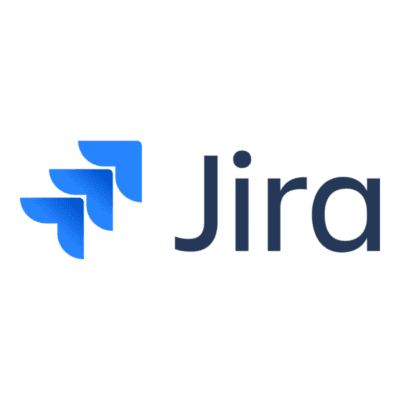
Enterprise agility encompasses a broader framework than traditional agile methodologies, which typically focus on
specific teams or projects. It involves a holistic transformation of the entire organization, ensuring that all levels—from leadership to individual contributors—possess the mindset and tools necessary to respond effectively to emergent challenges. This adaptability is essential for organizations to remain relevant in an era characterized by disruption and innovation.
Becoming an agile enterprise allows organizations to improve their responsiveness to both internal and external stimuli, enabling them to pivot strategies, realign resources, and deploy solutions with increased speed. Ultimately, this adaptability fosters resilience, enhances collaboration across departments, and unlocks new opportunities for innovation. By adopting agile principles, organizations can cultivate an environment that encourages experimentation and learning, thus positioning themselves advantageously in their respective markets.
Tools such as Jira are instrumental in enabling this transformation. Originally developed as a task-tracking solution, Jira can be leveraged to enhance enterprise agility by providing real-time insights into project progress, facilitating collaboration, and streamlining workflows. Through proper integration and utilization of such tools, organizations can establish a strategic decision-making engine that not only simplifies project management but also integrates agile practices into their DNA. This sets the groundwork for a more adaptable and responsive organizational culture.
Understanding Jira: Beyond Task Tracking
Jira, developed by Atlassian, is widely recognized as a robust tool primarily utilized for task and project management within agile frameworks. Traditionally, teams have leveraged Jira to streamline their workflows by tracking tasks, managing sprints, and facilitating communication among team members. Its interface allows users to create issues, assign responsibilities, and monitor progress through visual boards, which can remarkably enhance team collaboration and productivity. However, relying solely on Jira for task tracking presents several limitations that can hinder a team’s strategic decision-making capabilities.
One major limitation is the confinement of its utility to operational tasks, leading organizations to overlook the broader insights that can be derived from the data within Jira. When used merely as a task tracker, vital metrics regarding team performance, resource allocation, and project timelines may remain underutilized or ignored altogether. This narrow focus can prevent teams from aligning their activities with overarching business objectives, ultimately affecting their adaptability in an evolving market landscape.
To maximize the benefits of Jira, it is essential to recognize its capabilities beyond task management. Organizations can transform Jira into a strategic decision-making engine by integrating it with other platforms, utilizing advanced reporting tools, and fostering a culture that values data-driven insights. By analyzing project data and performance metrics within Jira, teams can make informed decisions that align with broader business strategies. This approach also allows for more agile responses to changing demands, enabling businesses to pivot effectively when necessary.
In summary, while Jira excels in task tracking, understanding and extending its functionality as a strategic tool is crucial. By doing so, organizations can leverage the platform not just for operational efficiency but also for comprehensive decision-making that aligns with their long-term goals.
The Core Components of Agile Decision-Making
Agile decision-making is a dynamic process that hinges on several core components essential for organizations aiming to become more responsive and effective. At the heart of this approach lies the integration of real-time data insights. The availability of up-to-date information allows teams to make informed decisions quickly, ensuring that they remain aligned with market trends and customer needs. Leveraging tools such as Jira, organizations can streamline data collection and visualization, facilitating immediate access to critical metrics that drive strategic initiatives.
Another fundamental element of agile decision-making is fostering a collaborative work culture. Teams that operate within an environment that encourages open communication and shared responsibility are better positioned to navigate complexities and uncertainties. In such settings, stakeholders from various departments – including product development, marketing, and customer service – come together to provide diverse perspectives, enriching the decision-making process. The inclusion of various viewpoints enhances creativity and leads to innovative solutions that may not surface in more siloed contexts.
Furthermore, aligning decisions with the overarching organizational strategy is crucial for maintaining coherence and focus. Agile methodologies advocate for a framework where decisions are not made in isolation but are connected to strategic goals. This alignment ensures that every tactical choice contributes to the larger vision, fostering accountability and transparency throughout the organization. By using tools like Jira, companies can visualize progress against strategic objectives, thereby making agile decisions that support both immediate results and long-term success.
To effectively implement these components, organizations must embrace a culture of flexibility and continuous learning. By doing so, they can enhance their agility, ultimately transforming processes into a robust decision-making engine that drives growth and innovation.
Transforming Jira into a Strategic Tool
To elevate Jira from a basic task management tool to a strategic decision-making engine, organizations must implement several actionable steps that capitalize on advanced features, analytics, and enhanced project visibility. First and foremost, it is essential to configure Jira in a way that aligns with the specific strategic objectives of the enterprise. This begins with customizing dashboards to present the most relevant metrics and KPIs that directly inform business goals. By utilizing Jira’s customizable dashboard features, teams can prioritize information that aids strategic initiatives, providing a comprehensive snapshot of project health and resource allocation.
Next, integrating Jira with other enterprise tools further enhances its functionality. By connecting Jira to Business Intelligence (BI) and reporting tools, organizations can gain deeper insights from the data generated. These integrations allow teams to visualize trends, monitor key performance indicators, and anticipate challenges, thereby facilitating informed decision-making. The seamless flow of data across platforms ensures that stakeholders can access real-time information crucial for strategic evaluations.
Furthermore, utilizing Jira’s advanced analytics features is vital in transforming it into a decision-support tool. Employing custom reports helps teams identify inefficiencies, bottlenecks, and resource constraints that might undermine overall objectives. The actionable insights garnered from these analytics can guide leadership in making strategic adjustments, reallocating resources, and enhancing project outcomes.
Enhanced project visibility also plays a pivotal role in this transformation. By employing Jira’s roadmaps and timelines features, teams can maintain clear communication regarding project progression and deadlines. This transparency not only fosters improved collaboration across departments but also equips decision-makers with the data required to pivot strategies when necessary.
By focusing on these critical areas—customization, integration, analytics, and visibility—organizations can successfully transform Jira into a robust strategic tool that drives informed decision-making throughout the enterprise.
Implementing Jira Align for Strategic Integration
Jira Align serves as a vital enhancement to the traditional Jira platform, providing organizations with the necessary tools to scale agile practices across all levels of the enterprise. This advanced extension allows teams to maintain alignment with strategic objectives, thus reinforcing the importance of integrating their day-to-day activities with broader business goals. One of the primary capabilities of Jira Align is to facilitate a comprehensive view of work across multiple teams and projects, which ultimately aids in strategic decision-making.
One significant benefit of implementing Jira Align is the ability to improve collaboration among disparate teams. By centralizing project planning and execution data, stakeholders can easily access real-time information, enabling them to make informed decisions based on accurate metrics. This transparency is particularly essential in larger enterprises, where misalignment can lead to inefficiencies and a lack of focus on strategic priorities. The application also integrates well with existing tools and systems, allowing for a smoother transition and minimal disruptions to workflows.
To ensure effective integration of Jira Align into existing workflows, organizations should adhere to best practices throughout the implementation process. Firstly, it is crucial to establish a clear vision of what success looks like for the organization and communicate this to all stakeholders. Training is also integral to this process—ensuring that teams are equipped with the knowledge to leverage the new capabilities of Jira Align fully. Regular check-ins to assess usage and gather feedback can help identify areas for improvement and facilitate continuous enhancement of processes.
In conclusion, the strategic integration of Jira Align can significantly elevate an organization’s agile practices. By aligning daily operations with overarching business strategies, businesses can enhance their operational effectiveness and responsiveness to market demands.
Cultural Shifts Required for Agile Transformation
To fully embrace agility, organizations must undergo significant cultural shifts that fundamentally alter their operational dynamics. These shifts are crucial not only for the successful implementation of agile methodologies but also for sustainable innovation and collaboration. A primary facet of this transformation is the unwavering commitment of leadership. Leaders must not only advocate for agile practices but also exemplify the agile mindset in their daily interactions and decision-making processes. This active participation from leadership instills confidence in team members, encouraging them to adopt the agile principles of adaptability, responsiveness, and iterative progress.
Fostering an agile mindset throughout the organization is another essential cultural shift. This entails moving away from rigid, traditional structures to a more flexible and open approach that allows for experimentation and learning. Employees at all levels should be empowered to take risks, advocate for their ideas, and pivot based on feedback and results. This shift requires a tolerance for failure, as learning from setbacks is a crucial component of the agile process. As team members feel safe to innovate, they can contribute more effectively to the organization’s objectives, enhancing collective problem-solving capabilities.
Moreover, innovation and collaboration should be institutionalized across teams. Breaking down silos and promoting cross-functional collaboration enables diverse perspectives and skill sets to come together, enhancing creativity and efficiency in decision-making. This collaborative culture can be nurtured through regular interdepartmental meetings, shared goals, and the use of collaborative tools that facilitate communication and project tracking, such as Jira.
In fostering such cultural shifts, organizations not only position themselves to leverage the benefits of agility but also enhance their overall adaptability in an ever-changing marketplace. These shifts, led by committed leadership and supported by a pervasive agile mindset, will ultimately drive the success of the organization in achieving its strategic goals.
Measuring Success: KPIs for Agile Decision-Making
In the journey of transforming Jira from a mere task tracker to a pivotal strategic decision-making engine, measuring success through key performance indicators (KPIs) becomes essential. These KPIs provide a structured approach to assess the effectiveness of agile methodologies within an organization. By carefully selecting and analyzing these metrics, stakeholders can gauge the impact of their agile transformation efforts and drive continuous improvement.
Some of the critical KPIs include cycle time, lead time, and team velocity. Cycle time measures the duration from when work begins on a task until its completion. Shorter cycle times are indicative of improved efficiency in workflow and quicker decision-making. Lead time, on the other hand, tracks the time taken from the initial request until delivery. Monitoring lead time helps organizations understand delays and areas needing attention, allowing for informed strategic adjustments.
Team velocity is another vital metric that quantifies the amount of work completed in a given iteration, typically measured in story points. An increasing team velocity suggests that the team is becoming more adept at delivering value, which is essential for determining future capacity and planning. A consistent review of these metrics can provide insights into both team performance and overall product delivery.
Moreover, utilizing the concepts of cumulative flow diagrams and burndown charts within Jira can further enhance the visibility of these KPIs. These visual tools help teams understand the flow of work, identify bottlenecks, and facilitate data-driven decision-making. When teams actively engage with these metrics and reflect on their implications, they are better equipped to adapt processes and strategies in alignment with the agile framework.
In conclusion, an organized approach to measuring success via KPIs is fundamental in ensuring that organizations can navigate their agile transformation effectively. By focusing on these metrics, teams can enhance their decision-making capabilities, ultimately leading to improved outcomes and sustained growth within the enterprise context.
Challenges in the Transformation Journey
Organizations undertaking the transformation of Jira from a basic task tracker into a strategic decision-making engine often encounter a variety of challenges. The first significant hurdle is resistance to change within the workforce. Employees accustomed to traditional workflows may be reluctant to embrace new practices introduced through the enhanced functionality of Jira. This resistance can stem from a lack of understanding of how strategic use of the platform can lead to better efficiency and improved outcomes. To mitigate this, organizations should focus on comprehensive training sessions and workshops designed to highlight the benefits of integrating strategic decision-making into daily operations.
Another challenge lies in the potential for data overload. At times, the influx of information generated within Jira can overwhelm users, making it difficult to derive actionable insights. Organizations must establish clear guidelines on what data is essential and how it should be prioritized. Implementing dashboards and visual representation tools can aid in presenting data in a digestible format, ensuring that stakeholders can swiftly navigate through critical information without becoming bogged down by excessive detail.
Furthermore, aligning Jira configuration with an organization’s strategic goals can be a complex task. Often, existing processes do not seamlessly integrate with the broader objectives of the business, leading to gaps in functionality. In this case, organizations should involve cross-functional teams in the design and configuration process, ensuring that all user perspectives are considered. By engaging various stakeholders, organizations can create a more tailored and effective Jira configuration that serves as a true strategic decision-making engine.
Ultimately, recognizing and addressing these challenges is crucial for organizations aiming to leverage Jira effectively. By anticipating these potential pitfalls, companies can create a roadmap to facilitate a more successful transition, enhancing agility and decision-making capabilities across their teams.
Conclusion: The Future of Jira and Enterprise Agility
As organizations increasingly shift towards an agile methodology, the need for robust tools that support strategic decision-making becomes paramount. This blog post has highlighted the crucial steps required to transform Jira from merely a task tracker into a strategic engine that drives enterprise agility. Through the integration of advanced features, customization, and data visualization, Jira can provide invaluable insights that facilitate informed decision-making across various levels of an organization.
The significance of this transformation cannot be overstated. In an era where responsiveness and adaptability are key to maintaining competitive advantage, utilizing Jira in a strategic capacity fosters collaboration, enhances project visibility, and streamlines workflow. By embracing a more holistic view of project management, organizations can generate actionable intelligence that aligns with their strategic goals. In turn, this alignment enhances the capability to respond to market changes swiftly, ensuring that teams are not only agile in their operations but also in their strategic outlook.
Looking ahead, the future of enterprise agility will be intertwined with technological advancements that continue to reshape how organizations operate. The integration of emerging technologies such as artificial intelligence and machine learning will further elevate Jira’s capabilities, allowing it to provide predictive analytics, automate routine tasks, and optimize resource allocation. As enterprises adopt more complex and dynamic models, Jira will play a pivotal role in maintaining alignment between strategy and execution.
In conclusion, the path towards enterprise agility necessitates a proactive approach to the utilization of tools like Jira. By recognizing its potential beyond task management and harnessing its capabilities for strategic decision-making, organizations can not only enhance their agility but also position themselves more favorably in an ever-evolving business landscape.



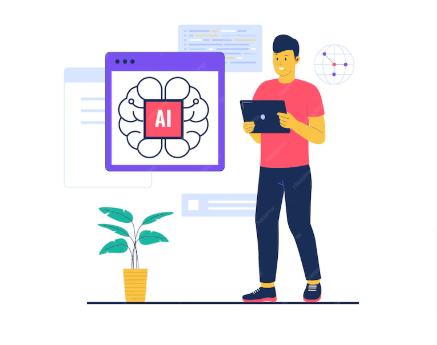

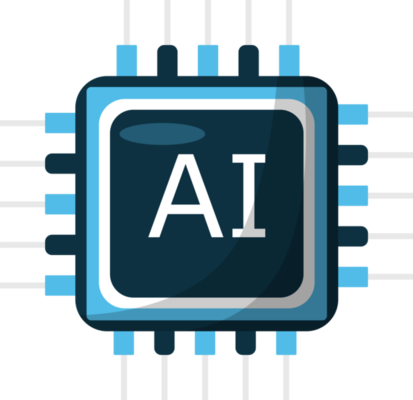





















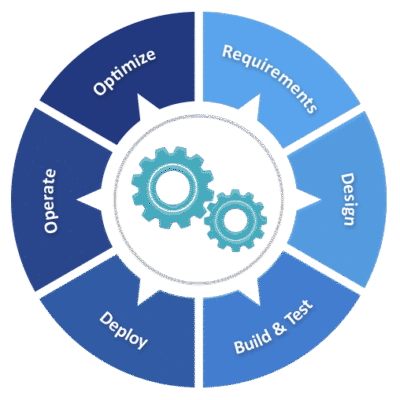


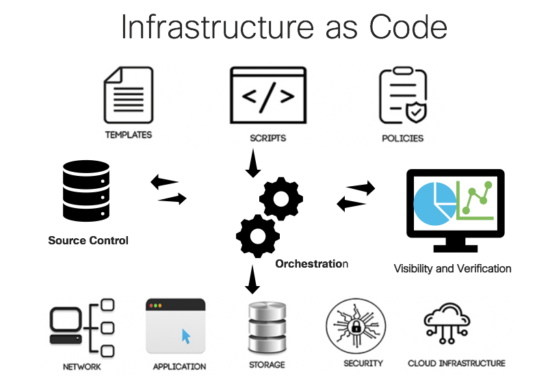
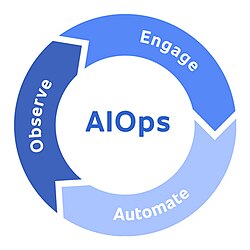

























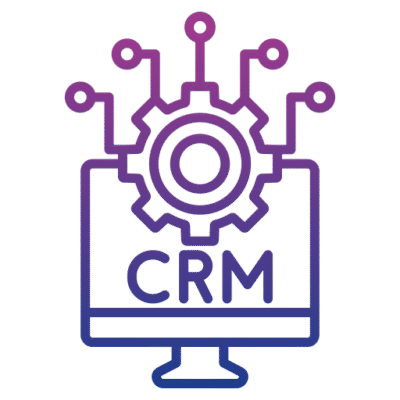



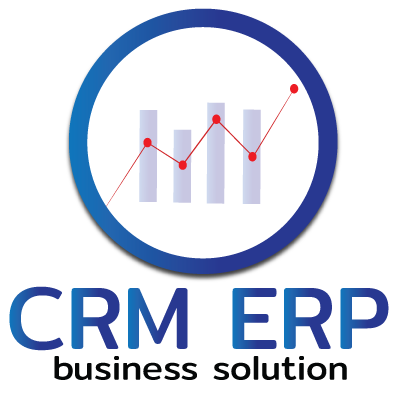
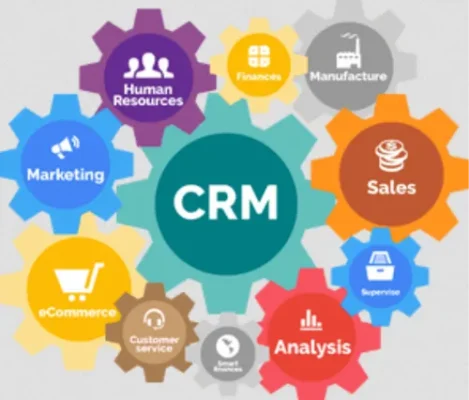
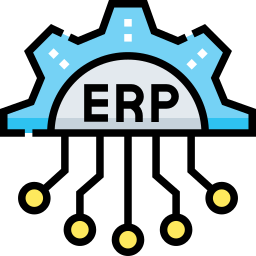


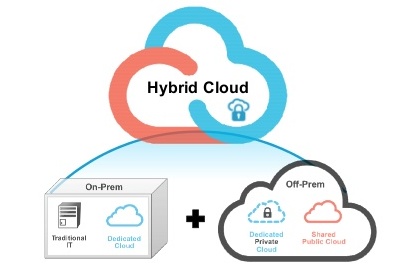

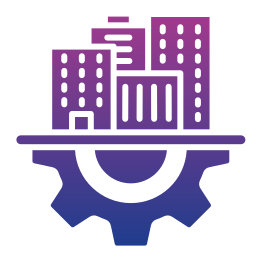



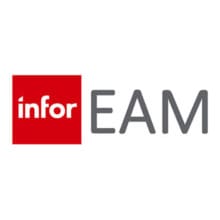








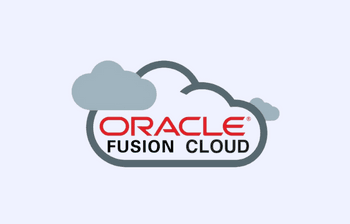



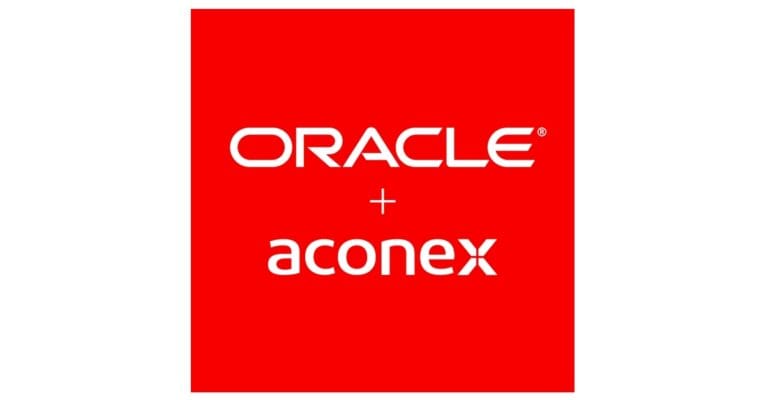








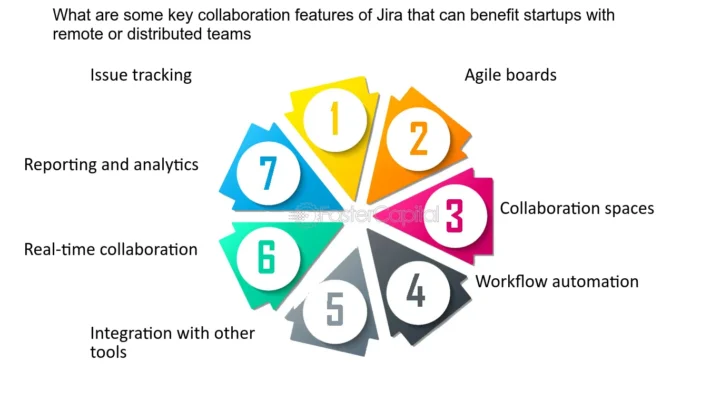
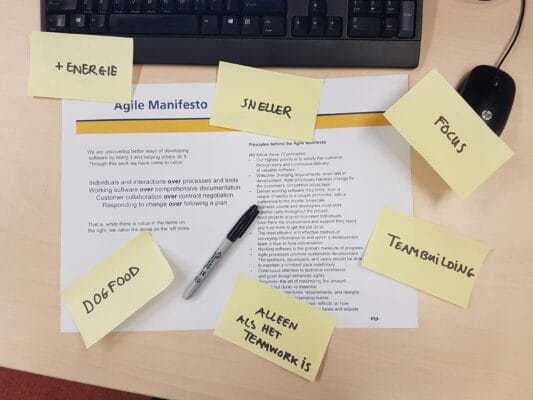
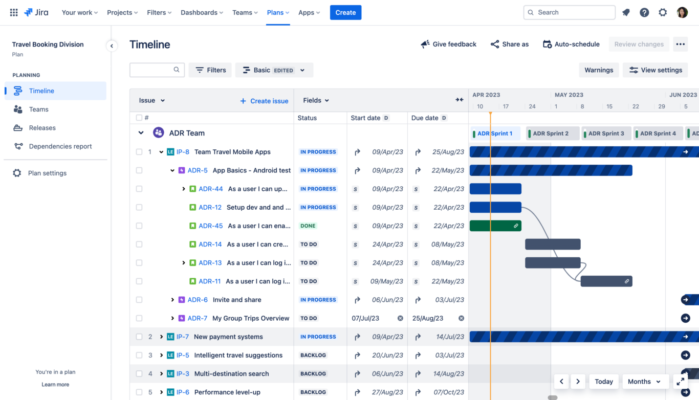
Thanks for reading! Stay curious, keep exploring.